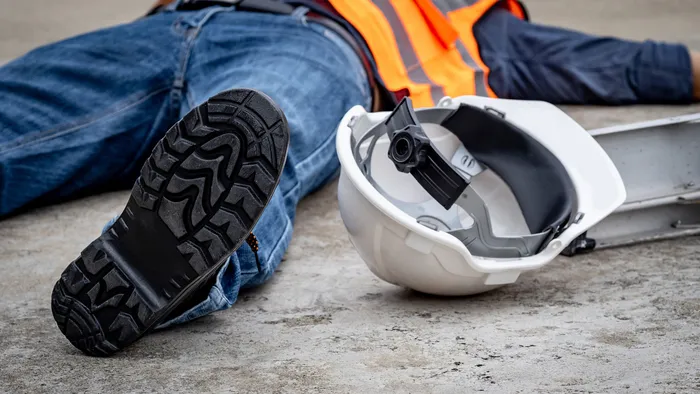Do I Need Scaffolding? Understanding UK Legal Requirements and Alternatives
Written on by Michael Sables

When planning any project that involves working at height, deciding whether to use scaffolding is a critical step. In the UK, the need for scaffolding is shaped by the Work at Height Regulations 2005 and the Construction (Design and Management) Regulations 2015, which require employers to ensure safe access whenever work is performed above ground level. But what specific scenarios make scaffolding mandatory, and when might alternative access solutions be sufficient?
When Is Scaffolding Required by UK Law?
Under UK legislation, scaffolding is legally required when no other method can guarantee the necessary level of safety:
- Domestic Projects: Multi-storey residential repairs—such as roof and structural works—often demand a stable platform.
- Industrial Projects: In factories and warehouses, tasks carried out at height or under hazardous conditions typically mandate scaffolding for maximum security.
- Commercial Projects: Large-scale repairs or refurbishments in office buildings, shopping centres, or construction sites rely on scaffolding for safe, compliant access.
These are prime examples where scaffolding is non-negotiable to protect workers and meet legal obligations.
When Can Alternative Access Solutions Be Used?
Not all tasks require full scaffolding. UK law allows alternative methods, provided a thorough risk assessment deems them safe:
- Low-Level Maintenance: Ladder use or temporary platforms may suffice for single-storey jobs or minor fixes.
- Mobile Elevating Work Platforms (MEWPs): These can be ideal for short-duration tasks that require mobility, assuming the work environment and risk profile allow it.
- Internal Repairs: Elevated work platforms or other aids might be more practical for jobs that don’t involve heights or external façades.
Whatever the method, it must comply with the Health and Safety at Work Act 1974 and relevant regulations.
Legal Consequences of Non-Compliance
Failure to secure safe access at height can result in serious legal and financial repercussions. Prosecutions under the Work at Height Regulations 2005 have led to steep fines and reputational damage for contractors who neglected proper precautions. In severe cases, accidents involving unsafe platforms have resulted in tragic outcomes, serving as a reminder that prioritising safety is both a legal and ethical duty.
Conducting a Thorough Risk Assessment
A comprehensive risk assessment is essential to determine whether scaffolding or an alternative solution is most appropriate. Key factors include:
- Height and Nature of the Work: The higher or more complex the task, the more likely scaffolding is needed.
- Duration and Complexity: Longer or more involved projects benefit from the stability and efficiency of scaffolding.
- Site Conditions: Weather, ground stability, and environmental hazards must be evaluated to ensure worker safety.
Conclusion
Deciding on scaffolding is not just about ticking a legal box; it’s about safeguarding workers and ensuring efficient project execution. While some short-duration or low-risk tasks can use alternatives like MEWPs or ladders, any significant height or complex structure typically calls for scaffolding to satisfy the Work at Height Regulations 2005 and the Construction (Design and Management) Regulations 2015.
At Milton Keynes Scaffolding Specialists, we recommend consulting a qualified professional for a tailored risk assessment that ensures full compliance and optimal safety.
In a nutshell, scaffolding remains the safest, most effective option for working at height—whether mandated by law or not. It provides a stable platform, reduces fall risks, and offers greater ease of movement, ultimately making any project both safer and more efficient.